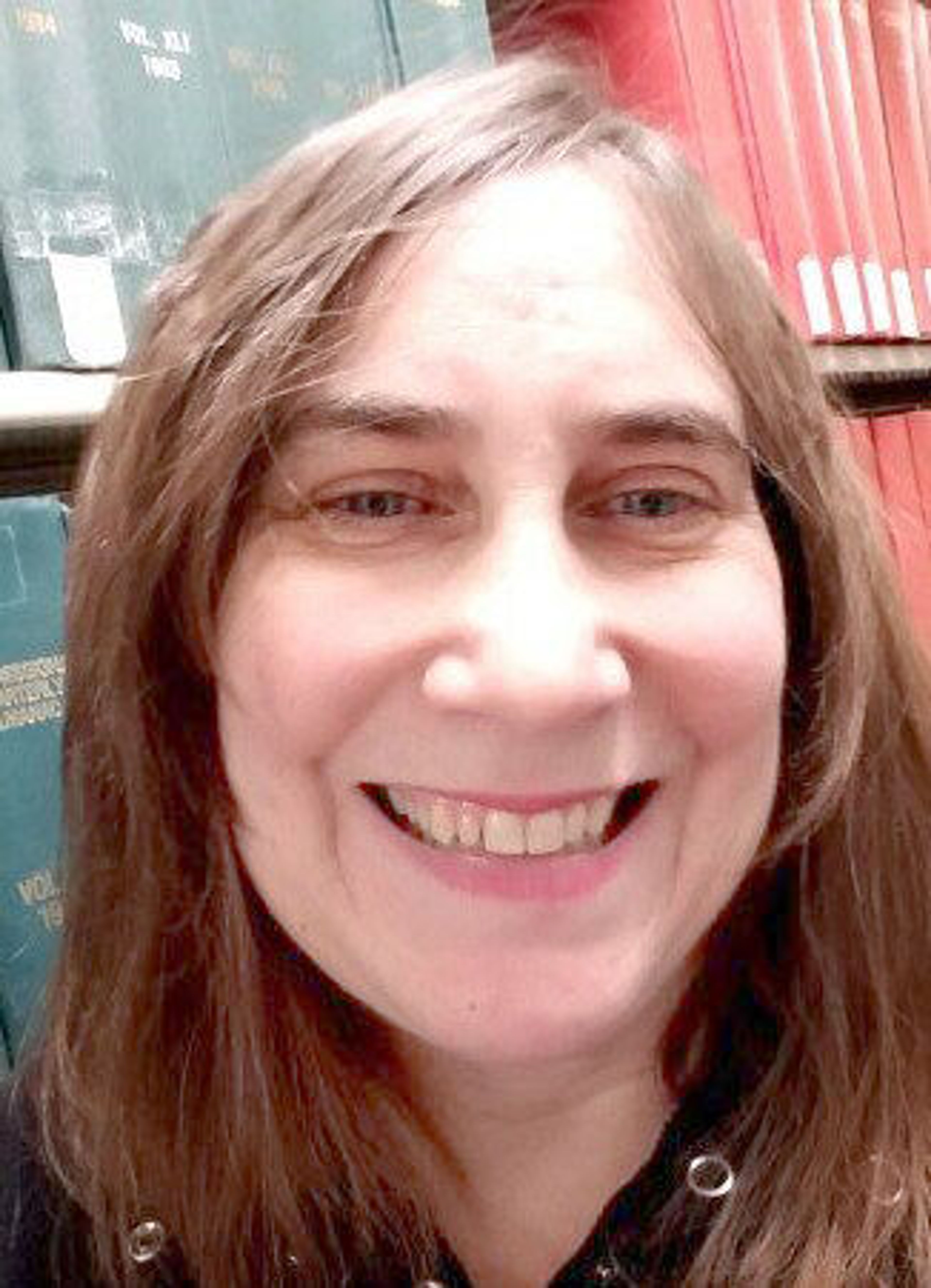At the Library: Memories of a life in the library
I’ve been sick, doing a lot of reading and for some reason thinking about my life in libraries, so I thought I would write about it. To start, I only exist because of libraries; my mom was the civilian librarian at an Air Force base where she met my dad. Their reading life was very important to both (a few years ago I found out that my grandmother had once commented to a cousin, “all they do is sit around and read,” which totally tracks with how they raised their kids). I started with my school libraries, of course. I don’t remember much, but I do remember visiting them a lot and the magic of discovering books like C.S. Lewis’ “Narnia” series. My mom worked at the University of Arizona Libraries, and every so often on a school holiday she would let me come to work with her. At first the library was in an older building with a janky old iron elevator that I loved to ride up and down. One thing I recall distinctly was the daily coffee hour, when everyone went up to the admin floor where they had a full-on coffee service with doughnuts.
At least once every two weeks we went to the Davis Monthan Air Force Base library in Tucson, where we lived. This was the mid-70s and the children’s books there were from an even earlier vintage, and I would check them out in stacks. At some point we also started going to the Pima County Public Library where the selection was larger and the books were newer. My parents didn’t mind what we read, but I distinctly recall the first book I read where I hid the title – Anya Seaton’s “Green Darkness” (imagine my surprise when I found it on a list of best historical novels a few weeks ago). I used to take the bus there and it was so freeing to be able to go whenever I wanted to.
I left for college in 1981, and the Mount Holyoke College library was like nothing I’d seen before — a gothic building with vaulted ceilings and beautiful cabinetry. Every Friday afternoon was tea in the Stimson Room, and I was a regular. The room was filled with fiction from the 1890s to the 1940s and I loved to browse the shelves with a nice tea cup and a few shortbread cookies. Across the street from the college was the South Hadley Public Library, a lovely old Carnegie library. The card catalog was on microfilm and my library card had an embedded metal plate in it which was completely weird to me.
When I graduated in 1985, I went home to Tucson and eventually started grad school at UA — it didn’t work out and (big surprise) I started working in the main library (I had also worked there one year in college which I always called my “junior year abroad”). I shelved books and worked at the desk. Once, I was wheeling an overstuffed library cart and took a corner too fast. It fell over with a thud (luckily not on me) and the books flew off. What a mess. My boss told me it was pretty much a rite of passage in the library world. Libraries then were transitioning from the analog methods to digital catalogs and checkout systems. The UA libraries were using a Geac system, and I became very good at creating brief records on the fly.
A few years later I ended up in Corvallis, Ore. When I arrived, I had a car and a colleague’s pit bull and couldn’t find any place to live. So, I did what I always did, and went to the public library. I don’t know what that library clerk saw in my eyes, but he gave me a library card and waived the requirement for proof of residence. That gave me a new sense of confidence. If I had a library card, it would all work out, and it did. From Corvallis I went to Seattle for library school, and then to Pullman where I rely on the WSU Libraries and our city gem, Neill Public Library.
O’English is the social sciences and government documents librarian at the Washington State University Libraries.








